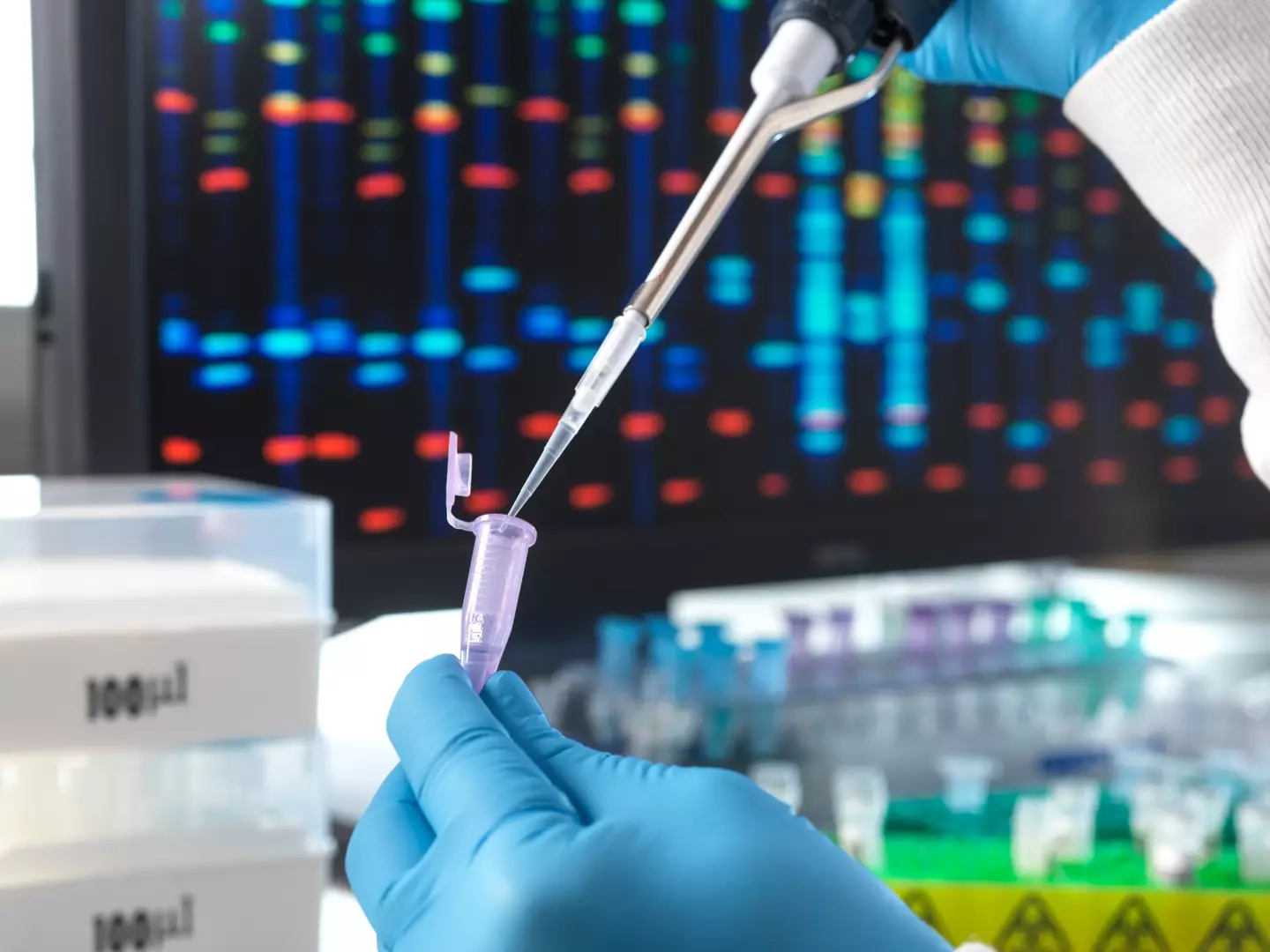
A recent study has discovered new evidence that could help explain the mystery of how Native Americans came to be in America thousands of years ago.
The study, which examined mitochondrial DNA, found evidence of two migrations between the Americas and China and Japan.
The migrations took place during the last ice age and during the melt period that followed that, so a very long time ago.
Advert
The team behind the study tracked a rare Native American founder lineage through continents and through time, studying the mitochondrial DNA passed down through the female line.
Studying 100,000 samples from the present day, as well as 15,000 samples from ancient times, the team successfully identified 216 contemporary and 39 ancient individuals that had that shared lineage.
The researchers mapped the branches and paths of that lineage using carbon dating and comparing mutations that occurred along the way.

If this all sounds very complicated, that’s because it is.
Advert
However, the findings are very interesting.
In a statement, Yu-Chun Li – a molecular anthropologist from the Chinese Academy of Sciences, said: “The Asian ancestry of Native Americans is more complicated than previously indicated.
“In addition to previously described ancestral sources in Siberia, Australo-Melanesia, and Southeast Asia, we show that northern coastal China also contributed to the gene pool of Native Americans.”
The team reckon that the first migration event, or ‘radiation event’ as they put it, happened between 19,500 and 26,000 years ago when the cold conditions of northern coastal China were too much to support human inhabitation.
Advert
They believe that the second migration happened between 19,000 and 11,500 years ago, as the world’s human population grew and they went off to explore the world for better climates and conditions.
Interestingly, they think that both migrations came to the Americas via the Pacific coast, rather than across the Bering Land Bridge, a bit of land that these days goes from Russia across to Canada and Alaska in the United States, as has previously been suggested.
The analysis of migration and comparison of arrowheads and spears suggested that the Paleolithic people of China and Japan came up the northern Pacific Rim to America, meaning that many suggested that the Native Americans were descended from Japan’s Jōmon people.
A genetic study has now found that this probably isn’t the case, but the latest study suggests that the similarities might be down to common lineage.
Advert
The study states: "In the terminal Pleistocene period, Japanese micro-blades, which exhibit similarities to those in Northeast Asia (including North China), display commonalities with contemporaneous stemmed points from incipient Jōmon sites.
"Importantly, stemmed points were well distributed around the Pacific rim from Japan to South America with close affinities with each other.
“Recent findings on stemmed projectile points in North America [...] show closer affinity to the nonfluted projectile points in Japan than to those in North Asia.
“We attribute this similarity in Paleolithic technology, as well as the phylogenetic relationships of D4h sub-lineages in China, the Americas, and Japan, to a probable Pleistocene connection among these regions."

Then, they found that people from northern coastal China also travelled to Japan.
Advert
“We were surprised to find that this ancestral source also contributed to the Japanese gene pool, especially the Indigenous Ainus,” Li continued.
“This suggests that the Pleistocene connection among the Americas, China, and Japan was not confined to culture but also to genetics."
Now, they’ll be investigating yet more lineages until they can build up a fuller picture of where Native Americans came to the Americas from all those years ago.
The full study was published in the journal Cell Reports.
Topics: Science, Technology, US News
